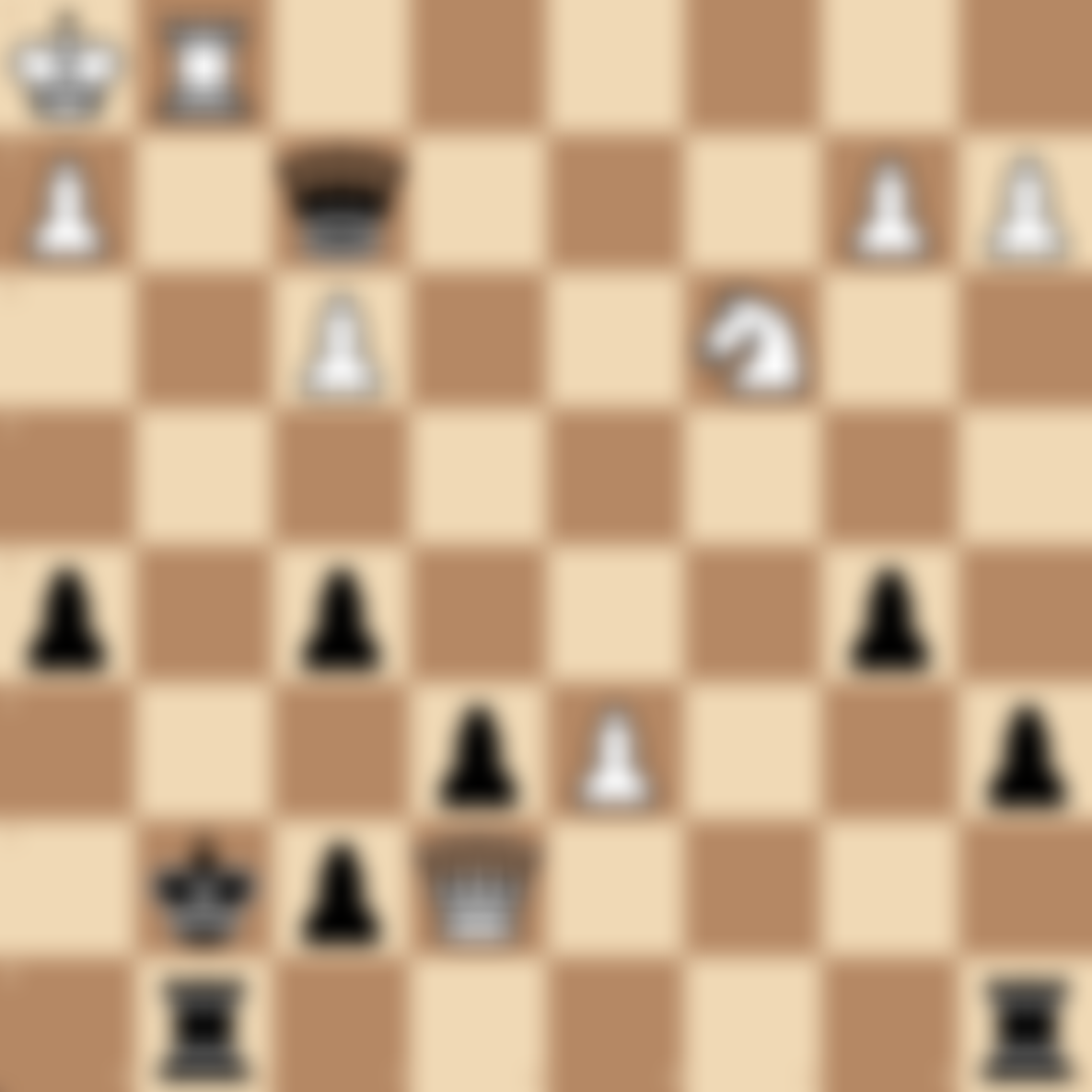Mastering Chess Defense: Techniques to Withstand and Counter Attacks
Table of Contents
- Introduction
- Importance of Defense in Chess
- Key Principles of Chess Defense
- Common Defensive Techniques
- Prophylaxis: Preventing Threats Before They Happen
- Famous Games Showcasing Brilliant Defense
- Psychological Aspects of Defense
- Transitioning from Defense to Counterattack
- Defensive Strategies in Different Game Phases
- Common Mistakes in Defense
- Practice Defensive Puzzles
- FAQs
Introduction
Defense is a crucial aspect of chess that often doesn't receive as much attention as attacking play. At chesspuzzles.io, we've created this comprehensive guide to help you understand, implement, and master defensive techniques in chess. We'll explore various defensive strategies, provide examples from famous games, and offer puzzles to enhance your defensive skills.
Importance of Defense in Chess
Strong defensive skills are vital in chess because:
- They help you survive attacks and maintain equality
- Good defense can frustrate opponents and lead to mistakes
- Solid defensive play creates opportunities for counterattacks
- Many games are won by the player who makes the second-to-last mistake
Key Principles of Chess Defense
- King Safety: Ensure your king is well protected
- Piece Coordination: Keep your pieces working together effectively
- Space Management: Don't allow your position to become too cramped
- Prophylaxis: Anticipate and prevent your opponent's threats
- Counterplay: Look for ways to create threats while defending
- Simplification: Reduce the complexity of the position when under pressure
- Resource Identification: Find all possible defensive resources in critical positions
Common Defensive Techniques
-
Creating a Fortress
- Setting up an impenetrable defensive position
-
The Luft Move
- Creating an escape square for the king to prevent back-rank mates
-
Blockading
- Using pieces to block the advance of enemy pawns or pieces
-
Interposition
- Placing a piece between an attacker and its target
-
Evacuating the Danger Zone
- Moving pieces or the king away from the area under attack
-
Counterattacking
- Responding to an attack with a threat of your own
-
Exchanging Pieces
- Reducing the attacking potential by trading off aggressive pieces
-
Stalemate Tricks
- Using stalemate possibilities as a last-resort defensive technique
Prophylaxis: Preventing Threats Before They Happen
Prophylaxis is a key defensive concept involving:
- Anticipating your opponent's plans
- Making moves that prevent your opponent's ideas
- Limiting your opponent's options and active play
Examples of prophylactic moves:
- Protecting against a knight fork before it's threatened
- Preventing an enemy pawn break
- Shutting down potential attacking lines
Famous Games Showcasing Brilliant Defense
- Capablanca vs. Marshall, New York 1918 (The "Marshall Attack" game)
- Karpov vs. Kasparov, World Championship 1984, Game 9
- Carlsen vs. Karjakin, World Championship 2016, Game 4
Psychological Aspects of Defense
Successful defense often requires:
- Staying calm under pressure
- Maintaining confidence in your position
- Patience and perseverance
- The ability to calculate accurately in complex positions
- Recognizing when to transition from defense to counterattack
Transitioning from Defense to Counterattack
Key moments to look for:
- When the opponent has overextended
- After successfully repelling an attack
- When you identify a weakness in the opponent's position
- After the opponent makes a mistake or inaccuracy
Techniques for counterattacking:
- Exploiting open lines created by the attacker
- Using the opponent's advanced pieces as targets
- Leveraging superior pawn structure after an attack
Defensive Strategies in Different Game Phases
-
Opening
- Focus on development and king safety
- Be cautious of early attacks and prepared variations
-
Middlegame
- Identify and neutralize the opponent's threats
- Look for opportunities to simplify into a favorable endgame
-
Endgame
- Create fortresses in inferior positions
- Use stalemate tactics when materially behind
Common Mistakes in Defense
- Weakening king protection unnecessarily
- Passive or purely reactive play
- Failing to consider the opponent's threats
- Overlooking defensive resources
- Panicking and making hurried decisions
- Neglecting development while defending
Practice Defensive Puzzles
Improve your defensive skills with our collection of Defense puzzles on chesspuzzles.io:
Try our Chess Defense Puzzles on chesspuzzles.io now
Challenge yourself with these puzzles designed to enhance your ability to defend and counter-attack in various positions.
FAQs
Q: Is it better to focus on attacking or defending in chess? A: A well-rounded player needs to be proficient in both. Strong defensive skills provide a foundation for successful attacking play.
Q: How can I improve my defensive skills in chess? A: Regular practice with defensive puzzles, studying games with strong defensive play, and analyzing your own games with a focus on defense can significantly improve your skills.
Q: Are there any chess players known for their exceptional defensive skills? A: Yes, players like Tigran Petrosian, Anatoly Karpov, and Magnus Carlsen are renowned for their defensive prowess.
Master the art of chess defense to become a formidable and well-rounded player! Ready to test your defensive skills? Try our Chess Defense Puzzles on chesspuzzles.io now and elevate your ability to withstand and counter attacks.
